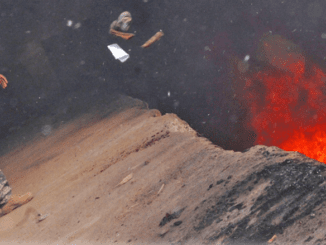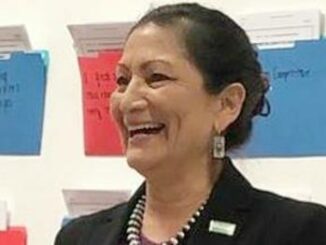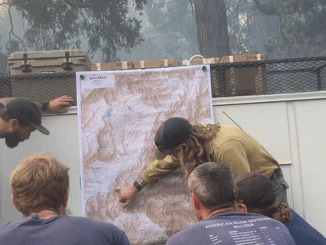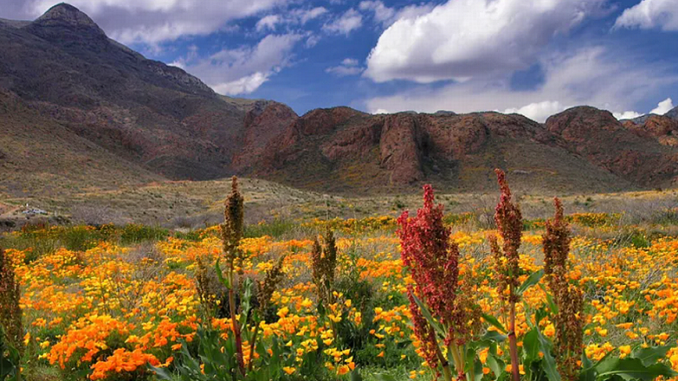
WASHINGTON, DC, March 26, 2023 (ENS) – At the White House Conservation in Action Summit Tuesday, President Joe Biden established two new national monuments, one in Nevada and one in Texas, protecting over half a million acres of public lands in honor of both Tribal Nations and military veterans.
Avi Kwa Ame in the Mohave language translates to Spirit Mountain, and that’s the name of America’s newest national monument in southern Nevada. The Avi Kwa Ame National Monument honors Tribal Nations and Indigenous peoples while conserving public lands and growing America’s outdoor recreation economy.
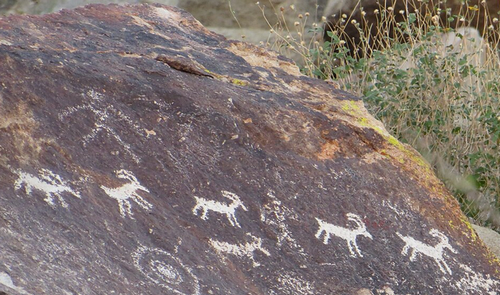
Shan Lewis, Vice Chairman, Fort Mojave Indian Tribe, said, “Avi Kwa Ame is significantly an important part of our community as it is where our tribal creation story begins. Its protection is the equivalent to protecting the existence of the Mojave people and culture itself.”
Located at the confluence of the Mojave and Sonoran Deserts, the national monument shelters objects of historic and scientific interest, and surrounding arid valleys and mountain ranges are historically important and sacred places for Tribal Nations.
“It’s one of our most beautiful landscapes that ties together one of the largest contiguous wildlife corridors in the United States: 500,000 acres,” President Biden said. “It’s breathtaking. Breathtaking deserts, valleys, mountain ranges. Rich in biodiversity. Sacred lands that are central to the creation story of so many Tribes who have been here since time immemorial.”
“It’s a place of reverence,” said the President. “It’s a place of spirituality. And it’s a place of healing. And now it’ll be recognized for the significance it holds and be preserved forever. Forever.”
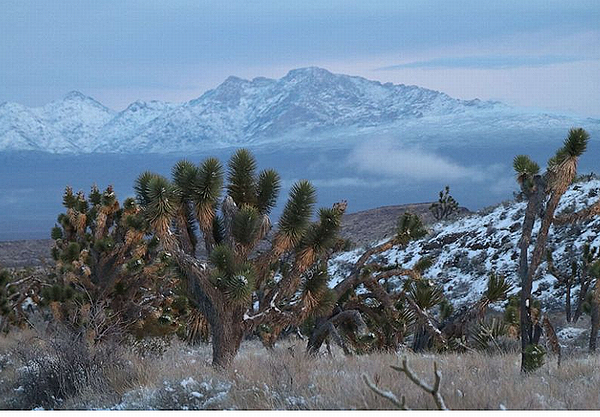
Spirit Mountain stands in the Lake Mead National Recreation Area near Laughlin, Nevada. The highest point in the Spirit Mountain Wilderness, it is also the highest point in the Newberry Mountains with the summit peak at 5,639 feet (1,719 meters).
Secretary of the Interior Deb Haaland, a Pueblo tribal member, applauded President Biden’s designation of both national monuments, but especially the Avi Kwa Ame National Monument in Nevada.
“Avi Kwa Ame holds deep spiritual, sacred and historic significance to the Native people who have lived on these lands for generations,” she said. “I am grateful to President Biden for taking this important step in recognition of the decades of advocacy from Tribes and the scientific community, who are eager to protect the objects within its boundaries.”
“Together with Tribal leaders, outdoor enthusiasts, local elected officials, and other stakeholders, we will manage this new monument for the benefit of current and future generations,” Haaland promised.
Avi Kwa Ame is considered to be among the most sacred places on Earth by the Mojave, Chemehuevi, and some Southern Paiute people. It is also important to other Tribal Nations and Indigenous Peoples including the Cocopah, Halchidhoma, Havasupai, Hopi, Hualapai, Kumeyaay, Maricopa, Pai Pai, Quechan, Yavapai, and Zuni Tribes. It is designated as a Traditional Cultural Property on the National Register of Historic Places in recognition of its religious and cultural importance.
The area hosts one of the world’s largest Joshua tree forests, and provides continuous habitat or migration corridors for imperiled species such as the desert bighorn sheep, desert tortoise, and Gila monster.
The higher elevations of the wilderness serve as a refuge from the summer desert heat for wildlife like the bighorn sheep, bobcats, and coyotes. Reptiles like the Western chuckwalla, side-blotched lizard, Gila monster, and rattlesnakes roam the area. Creosote, blackbrush, yucca, and desert willow are found throughout the area, with pinyon pines at higher elevations.
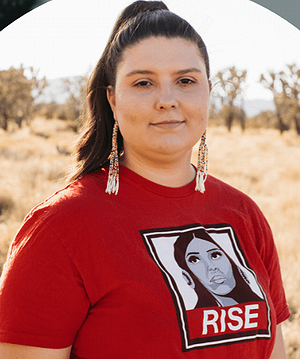
“This is truly a historic day as it signifies a change in posture towards Indigenous people from the federal government than that which we are unfortunately used to by now,” Taylor Patterson, Avi Kwa Ame National Monument Campaign organizer and executive director of Native Voters Alliance Nevada, said on Tuesday. “We are thrilled to see such a long-fought struggle come to fruition with this new monument.”
Chairman Timothy Williams, Fort Mojave Indian Tribe, expressed satisfaction with the President’s actions, saying, “Since the beginning of the Biden-Harris Administration, the President has demonstrated the commitment to respect Tribal Nations and our nation-to-nation relationship. Under his leadership we have a seat at the table and we have seen an unprecedented era and opportunity for our Tribal communities.”
“And we are all grateful to the President for taking historic action to combat the climate crisis and conserve and restore our nation’s land and water,” Williams said.
Also in Texas
In Texas, the new Castner Range National Monument will expand access to the outdoors for the nearby El Paso community, once the area is sufficiently remediated to be safe for public access. Together, these new national monuments protect nearly 514,000 acres of public lands.
Located on Fort Bliss, the Castner Range served as a training and testing site for the U.S. Army during World War II, the Korean War, and the Vietnam War. The Army ceased training at the site and closed Castner Range in 1966.
President Biden said, “This is managed by the United States Army at Fort Bliss, and it tells the story of the Tribal Nations who lived there and the members of our Armed Forces who trained on those lands.”
At the present time, people are not allowed on Castner Range due to the presence of munitions and explosives of concern and unexploded ordnance, UXOs. When the land has been cleared of all hazardous materials, Castner Range will offer opportunities for the El Paso community to experience, explore, and learn from nature.

“It’s also a place of incredible beauty,” Biden said. “And right now, as winter gives way to spring, Mexican gold poppies are bursting into bloom, it’s just breathtaking, transforming desert plains and hills into a sea of vibrant yellow and oranges, framed with the rugged mountains and the blue sky.”
“The people of El Paso have fought to protect this for 50 years,” said Biden. “Their work has finally paid off. (Applause.) And now we’ll clear the area of old munitions, create access to the outdoors for communities and parks. And importantly, Castner Range will be preserved for future generations.”
Protecting Castner Range connects the area with the Franklin Mountains State Park, creating continuous habitat for wildlife and improved public access for outdoor recreation. Castner Range also hosts cultural sites documenting the history of Tribal Nations, including the Apache and Pueblo peoples and the Comanche Nation, the Hopi Tribe, and the Kiowa Indian Tribe of Oklahoma.
Wildlife on the Castner Ranger include: deer, mountain lions, Black-tailed prairie dogs, foxes and rabbits, the American peregrine falcon, Golden eagle, mountain plover, Texas horned lizard, Baird’s sparrow, and the Western burrowing owl.
And Also At Sea
At the Summit on March 21, President Biden directed Secretary of Commerce Gina Raimondo to “immediately consider” initiating a new National Marine Sanctuary designation to protect all U.S. waters around the Pacific Remote Islands, a region with ancestral ties to many Native Hawaiian and Pacific Island communities. He told the White House Conservation in Action Summit that expanding protections for the Pacific Remote Islands would create “the largest protected ocean area on the planet.”
It didn’t take her long.
Three days later, on March 24, the Commerce Department directed the National Oceanic and Atmospheric Administration, NOAA, to initiate a process to consider designating all U.S. waters around the Pacific Remote Islands as a national marine sanctuary. A sanctuary designation would provide additional layers of protection for the region’s important marine ecosystems, maritime heritage resources, and support the cultural heritage and values of Native Hawaiian and Pacific Islander communities.
“Fulfilling our bold conservation goals are a priority for the Biden-Harris Administration and the Commerce Department,” said Commerce Secretary Raimondo. “Our National Marine Sanctuary System is critical to achieving these goals, as well as honoring the cultural heritage of coastal communities around the country.”
The Pacific Remote Islands Coalition nominated an area totaling about 770,000 square miles for sanctuary designation. That area includes the existing as well as the submerged lands and waters surrounding the existing Monument to the limit of the U.S. Exclusive Economic Zone.
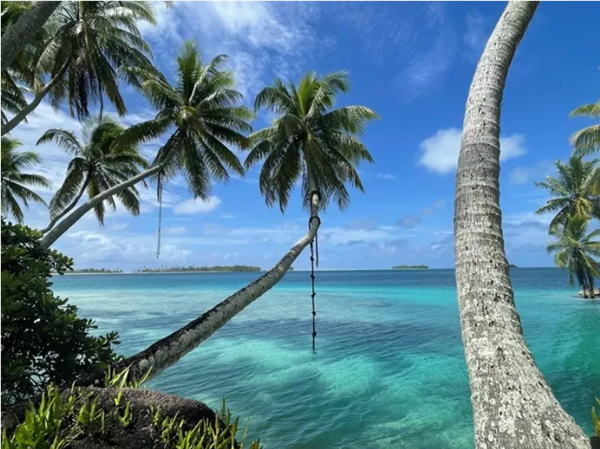
The Pacific Remote Islands encompass seven islands, atolls, and a reef unit: Baker, Howland, Jarvis, Johnston, Wake, Palmyra, and Kingman.
Vulnerable to climate change impacts, the atolls, shoals, seamounts, banks and reefs in this unique and fragile area are inhabited by some of the most diverse tropical marine life on the planet and provides haven for a host of species: corals and fish, marine mammals and seabirds.
“Ecosystems and cultural resources of the Pacific Remote Islands are increasingly under pressure from threats such as marine debris, invasive species, and climate change,” said NOAA Administrator Rick Spinrad. “The proposed sanctuary would also recognize the importance of Indigenous knowledge, stories, and cultural connections between lands and peoples, and celebrate distinct cultures.”
The President also directed the Secretary of the Interior and the Secretary of Commerce to conduct a public process to work with regional Indigenous cultural leaders to “appropriately rename” the existing Pacific Remote Islands National Monument, and potentially the Islands themselves, to honor the area’s heritage, ancestral pathways, and stopping points for Pacific Island voyagers, and to provide posthumous recognition for young Native Hawaiian men sent to secure U.S. territorial claim to the islands ahead of World War II.
More Actions Conserve, Restore, and Expand Access
$100 Million Tribal Conservation Funding Pledge: Native Americans in Philanthropy, in collaboration with Biodiversity Funders Group and 15 philanthropies, launched the Tribal Nations Conservation Pledge with an initial commitment of more than $100 million. This is a new platform for philanthropic organizations to support the conservation work of Tribal Nations and public-private partnerships between the Biden-Harris Administration, Tribes, and philanthropy.
The pledge calls on funders to commit to a self-determined amount of funding, or a self-determined percentage of annual programmatic funding, to support the biodiversity and conservation efforts of Tribes, inter-Tribal organizations, and Tribal consortia.
Ocean Climate Action Plan: The Ocean Policy Committee, co-chaired by the White House Council on Environmental Quality and the White House Office of Science and Technology Policy, is releasing the first-ever United States Ocean Climate Action Plan. This action map will help harness the power of the ocean to advance immediate, transformational steps to protect ocean health and address the climate crisis. Acknowledging that there is no path to a healthy and livable climate without the ocean, the plan outlines new actions on the Administration’s ocean-climate priorities, including efforts to advance climate solutions, promote environmental justice, support healthy communities, and ensure a robust and sustainable ocean economy.
Wildlife Corridors Guidance: The White House Council on Environmental Quality is issuing new guidance to Federal agencies on how to better incorporate ecological connectivity and wildlife corridors into federal planning and decision-making. The guidance highlights the importance of connectivity across terrestrial, marine, and freshwater habitats, encouraging collaboration across management and ownership boundaries with states, Tribes, local governments, and private land owners. This helps deliver on one of the America the Beautiful Initiative’s six early focus areas – supporting collaborative conservation of fish and wildlife habitat and corridors.
Strengthening the Stewardship of America’s Public Lands: The Department of the Interior’s Bureau of Land Management will seek public input on a proposed rule that will help update and modernize the agency’s tools and strategies for managing America’s public lands. With climate change imposing mounting impacts on the nation’s public lands, and the growing importance of public lands for recreation and conservation, the proposed rule would help ensure that the nation’s lands continue to provide abundant and well-connected wildlife habitat, supply clean drinking water, and power local economies.
America the Beautiful 2022 Annual Report: The Biden-Harris Administration is releasing the 2022 America the Beautiful Annual Report, an update on progress made to support locally-led conservation and restoration efforts and meet the President’s goal to conserve at least 30 percent of U.S. lands and waters by 2030.
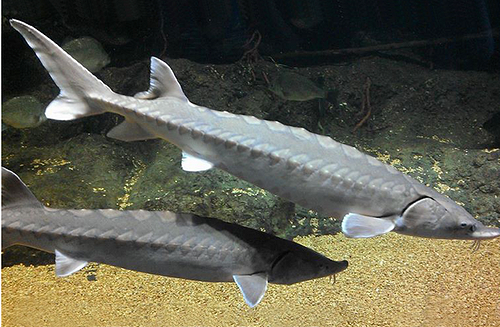
New Partnership to Accelerate the Conservation of At-Risk Species: The Department of the Interior’s U.S. Fish and Wildlife Service, National Alliance of Forest Owners and the National Council for Air and Stream Improvement Inc., will announce a memorandum of understanding which formalizes the Wildlife Conservation Initiative, a collaborative partnership focused on advancing the conservation of at-risk and listed species within private working forests nationwide.
The announcement comes as the Department of the Interior celebrates the 50th anniversary of the Endangered Species Act and highlights the landmark law’s importance in preventing imperiled species’ extinction, promoting the recovery of wildlife, and conserving the habitats upon which they depend.
Wildlife Crossing Pilot Program: The Federal Highway Administration and the Department of Transportation will soon open applications for the first-of-its-kind $350 million Wildlife Crossings Pilot Program. The program will build infrastructure that is proven to improve roadway safety – particularly in rural communities – and bring down the roughly 200 deaths stemming from more than one million collisions every year between vehicles and wildlife.
Nearly $200 Million to Reduce Wildfire Risk to Communities: Yesterday the U.S. Department of Agriculture’s Forest Service announced nearly $200 million in Community Wildfire Defense Grant (CWDG) program grants to communities across the country. Funded by President Biden’s Bipartisan Infrastructure Law, the CWDG program is designed to assist communities, including Tribal communities, non-profit organizations, state forestry agencies and Alaska Native corporations with planning for and mitigating wildfire risks to communities and critical infrastructure as the nation faces an ongoing wildfire crisis.
New Partnership to Protect Military Readiness and Preserve Green Space: The Department of the Interior and the Department of Defense are partnering to allocate $80 million through a combination of the Land and Water Conservation Fund and matching funds from DoD’s Readiness and Environmental Protection Integration Program to preserve green space around military installations and improve access to outdoor recreation for millions of Americans. The Departments will make the funding available to states through a competitive process that could support projects on Tribal, private, state, or local lands.
State Wildlife Grants: The U.S. Fish and Wildlife Service is distributing over $56 million for state fish and wildlife agencies through the State Wildlife Grant Program to support conservation and stewardship efforts for imperiled wildlife and their habitats.
Boating Infrastructure Grants: The U.S. Fish and Wildlife Service is distributing over $20 million in grant funding to assist states and territories in the construction, renovation and maintenance of marinas and other boating facilities for outdoor recreation. Grants will support projects in 20 states, Puerto Rico and the U.S. Virgin Islands to increase outdoor recreation access and waterway stewardship.
Pactola Reservoir Protection: The U.S. Forest Service and the Bureau of Land Management announced actions to consider protections for cultural and natural resources in the Pactola Reservoir – Rapid Creek Watershed in South Dakota, including drinking water for Rapid City and Ellsworth Air Force Base, from the adverse impacts of mineral exploration and development. The Pactola Reservoir is the largest and deepest reservoir in the Black Hills National Forest, with 14 miles of shoreline and 150-foot depths on 800 acres and provides high quality recreation for communities and visitors.
Featured image: Golden poppies bloom on the Castner Range National Monument near El Paso, Texas (Photo courtesy The Wilderness Society)
© 2023, Environment News Service. All rights reserved. Content may be quoted only with proper attribution and a direct link to the original article. Full reproduction is prohibited.

